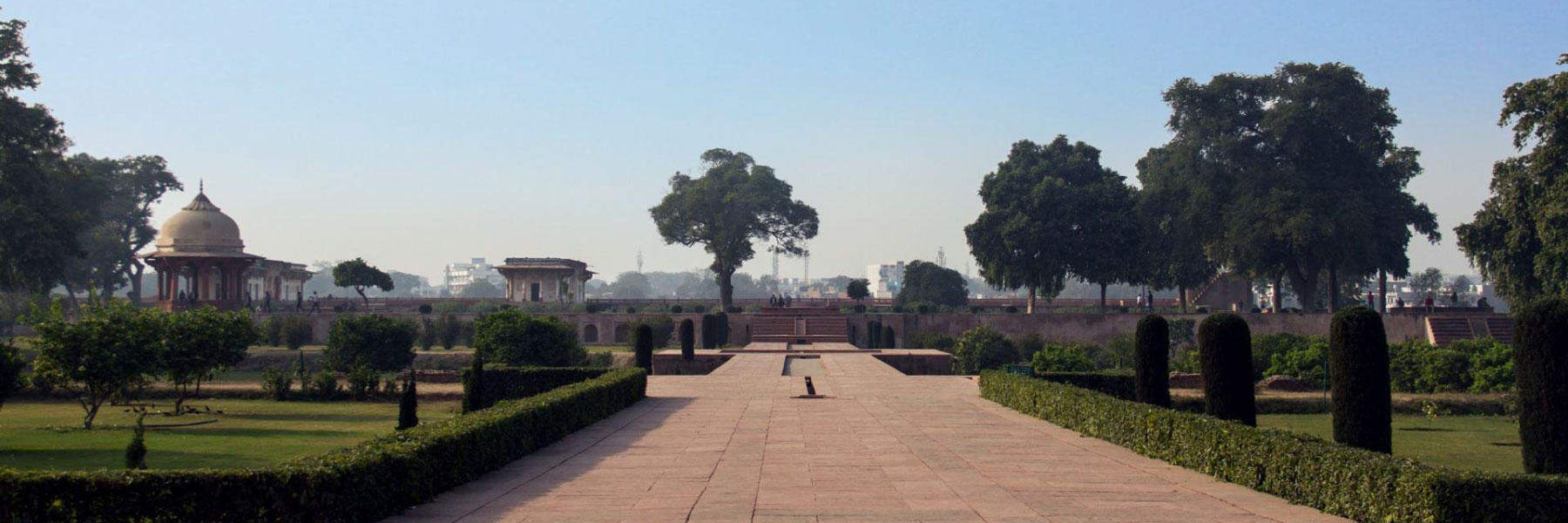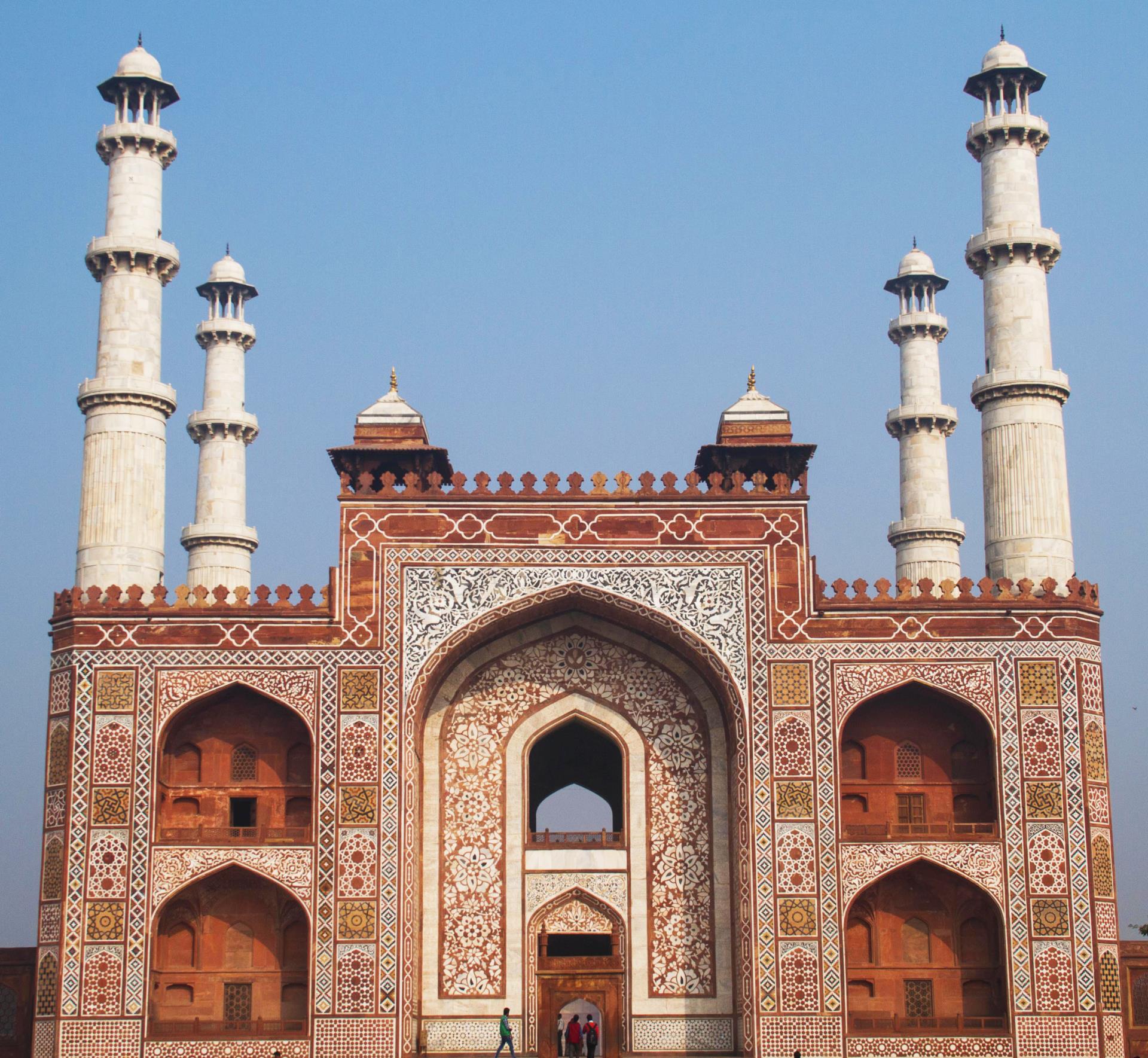
Sorry, we couldn't find anything that matches your search.
Destination

Famous Places to Explore in Hyderabad
A vibrant city with the imposing...

Raipur Tourist Places | Best Place to Visit
The stronghold of several erstwhile...

Ahmedabad
Declared as India's first UNESCO World...
#
Chambal Wildlife Sanctuary
Located near Agra in Etawah, along the banks of River Chambal, the Chambal Wildlife Sanctuary is a natural haven that is home to a vast variety of flora and fauna. River Chambal originates in the Vidhya ranges in Madhya Pradesh and finally meets River Yamuna in Etawah. Owing to this, the rich biodiversity ensured that the 635 sq km of area around it was declared a wildlife sanctuary in 1979 that stretching across three states: Madhya Pradesh, Rajasthan and Uttar Pradesh.
A highlight of the sanctuary is the fact that it is home to some of the country’s threatened animal species: it is where you can spot the critically endangered gharial, alongside the endangered Ganges river dolphin. After the gharial population was nearly wiped out in India during the 1970s, Chambal was chosen as one of the main areas for the reintroduction of the species into the wild, following a captive breeding and reintroduction programme.

Mehtab Bagh
This beautiful garden is located on the western banks of River Yamuna and stands in perfect alignment with the gardens of the Taj Mahal located across the river. Spread across 300 sq m, Mehtab Bagh has been the site of several intriguing excavations. Local lore holds that it was the last in a series of 11 pleasure gardens built by Mughal emperor Babur by the riverbank. Today, it stands as a delightful vantage point from where to view and photograph the marble wonder that is Taj. The view from the entrance gate is particularly beautiful and should not be missed.
Legend goes that while emperor Babur built it, Shah Jahan identified it as the perfect spot from where to behold the Taj Mahal and gave it its name, intending for it to be a moonlit pleasure garden. Walkways, fountains, pavilions and pools were created to embellish it, and fruit trees were planted aplenty. The design is then believed to have been approached almost as though Mehtab Bagh were meant to be a part of the Taj Mahal complex, like a riverfront terrace. The myth around Shah Jahan’s plan to build a ‘black Taj Mahal’ also starts in this expanse. Mehtab Bagh is believed to be the site where he had planned to build a black marble mausoleum for himself, a veritable twin to the Taj Mahal – in exact alignment to his wife’s fabled mausoleum – until his ambitions were thwarted by his son, Aurangzeb, who imprisoned him till his death. The several excavations that have taken place here over the years have unearthed various structures such as a large octagonal tank with 25 fountains, a pond and a charbagh. Mumtaz Mahal’s tomb is, in fact, said to have been found halfway between the main entrance of the Taj Mahal complex and the end of Mehtab Bagh. The renovation of the park was meticulously carried out by the Archaeological Survey of India (ASI).

Taj Nature Walk
Taj Nature Walk covers a 70-hectare verdant natural paradise that offers exceptional views of the famous Taj Mahal. A great way to feast your eyes on the lesser-explored sites of the popular tourist destination, this takes you through a green belt situated on the right bank of River Yamuna. A trail covering roughly 9 km, it also features a series of viewing points and a vast variety of flora and fauna. You can spot local butterflies and birds here, the latter including parakeets and kingfishers. There are also grass mounds, rifts and valleys as well as a natural ridge area here. One can also spot more than 46 kinds of flowers here and animals like blue bulls, jackals and hares.

Ram Bagh
A Mughal garden believed to have been designed by emperor Babur and later renovated by his great-granddaughter-in-law empress Nur Jahan, Ram Bagh is said to be the oldest Mughal garden in the country. The concept of pleasure gardens among the Mughals, it is said, relates to the notion of creating an image of paradise on earth. Ram Bagh, originally believed to have been named Araam Bagh (garden of rest), is a fine example of Islamic landscape architecture and design. Located about 5 km away from the Taj Mahal, this is where Babur is believed to have been buried temporarily, before he was taken to his final resting place in Kabul, Afghanistan.
The layout of the garden is not premised on the charbagh pattern typical to the Mughals, comprising four main divisions criss-crossed by waterways and footpaths, but instead the pattern of Bagh Hasht-Behisht. Three levels are maintained: one for vegetables and flowers, one for flowerbeds and one for structures, tanks and terraces. It features several Persian influences, and was designed to make very intelligent use of water from River Yamuna, distributing it across the expanse using cascades and maintaining cooler temperatures even during hot summer days. Fountains and pavilions lie on either side of the main water channel, and the entire garden is enclosed by walls, with corner towers topped by pillared pavilions. Ram Bagh is open from sunrise to sunset.









